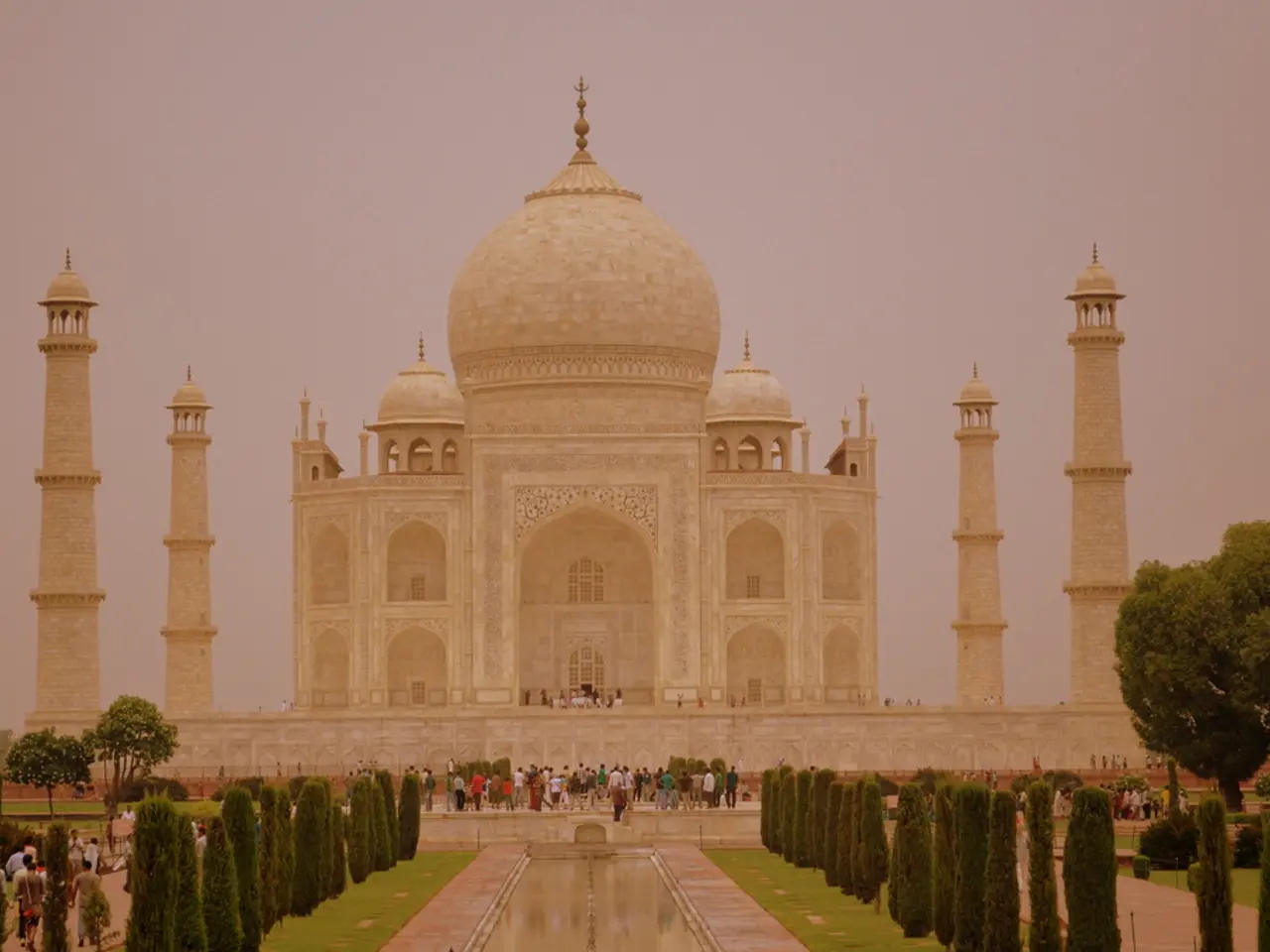Remarkable Insights into the enigmatic sunken continent, Kumari Kandam
In the realm of ancient mysteries, Kumari Kandam stands as a captivating enigma, a sunken continent believed to be the birthplace of the Tamil people and their civilization. Located to the south of present-day India and Tamil Nadu, this mythical landmass or kingdom is shrouded in legend and historical speculation.
Kumari Kandam symbolizes the root and origin of Tamil identity and heritage, representing an ancient golden age of Tamil civilization. The narrative of Kumari Kandam is steeped in mythology, weaving tales of lost cities, kings, and bridges, creating a sense of historical grandeur that continues to inspire Tamil communities today.
Culturally, Kumari Kandam serves not only as a mythological explanation for the origins of Tamil culture but also as a spiritual and ideological symbol that reinforces Tamil perseverance and unity. It has been an enduring theme in Tamil literature, folklore, and cultural discourse, emphasizing a lost homeland that fosters a deep emotional and cultural memory among Tamils worldwide.
Though modern science may refute its existence, Kumari Kandam continues to be a subject of fascination, bridging the gap between legend and history much like the stories of Atlantis or Lemuria. The narrative acts as a powerful cultural anchor in Tamil consciousness, symbolizing antiquity, continuity, and the primordial roots of one of the world's oldest living languages and civilizations.
The theory of Kumari Kandam was initially proposed in the 19th century to explain geological and biological similarities between India, Africa, and Madagascar. One of the most intriguing aspects of the legend is the belief that the Tamil people's migrations post-catastrophe were responsible for founding other ancient civilizations, making their cultural impact global.
Rama's Bridge, or Adam's Bridge, in the Palk Strait is often cited as potential evidence for the lost land, with some claiming this natural formation was a man-made link to Kumari Kandam. Ancient Tamil and Sanskrit writings consistently refer to lands submerged in South India, fueling the legend of Kumari Kandam.
Despite there being no scientific evidence to confirm its existence, Kumari Kandam continues to capture imaginations, much like other legendary lands. The mythical continent holds great historical and cultural significance as it embodies the ancient origins and unity of the Tamil people, inspiring pride through stories of a once-glorious land and rulership. It serves as a reminder of our collective desire to make sense of the unknown, reinforcing the enduring spirit of Tamil culture and identity.
- The mythical land of Kumari Kandam, submerged in the southern region of present-day India, symbolizes the roots of Tamil identity and heritage, representing an ancient era of Tamil civilization.
- The narrative of Kumari Kandam, steeped in mythology, weaves tales of lost cities, kings, and bridges, fostering a deep emotional and cultural memory among Tamils worldwide.
- Despite modern science refuting its existence, the legend of Kumari Kandam continues to bridge the gap between history and mythology, much like the stories of Atlantis or Lemuria.
- The theory of Kumari Kandam was initially proposed in the 19th century to explain geological and biological similarities between India, Africa, and Madagascar, suggesting the Tamil people's migrations may have been responsible for founding other ancient civilizations.
- Ancient Tamil and Sanskrit writings consistently refer to submerged lands in South India, fueling the legend of Kumari Kandam, while Rama's Bridge, or Adam's Bridge, in the Palk Strait is often cited as potential evidence for the lost land.








